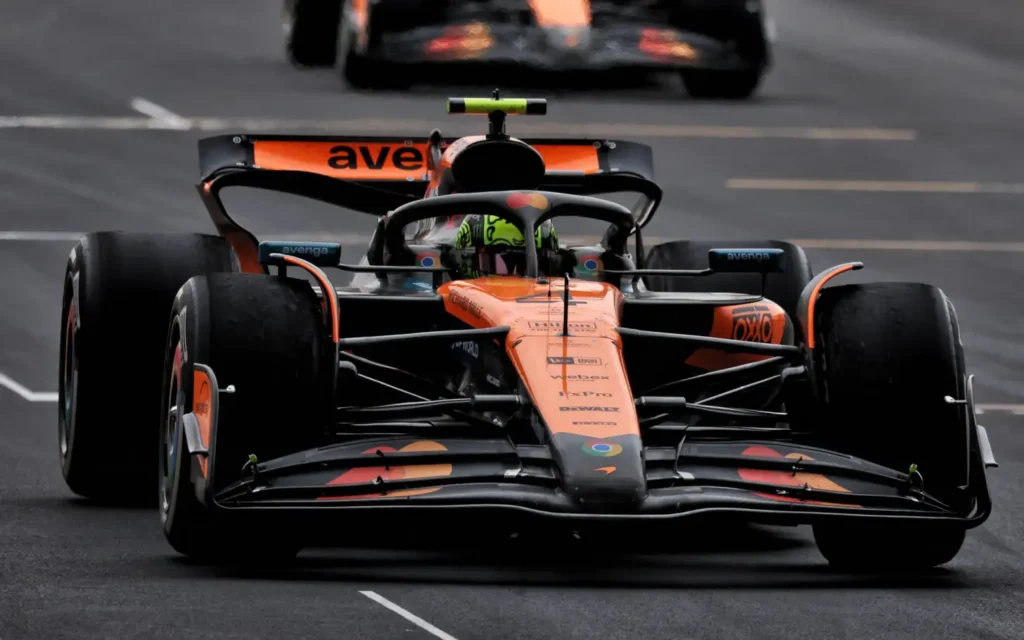F1 NEWS: FIA Crackdown Forces McLaren to Alter R…read more

F1 NEWS: FIA Crackdown Forces McLaren to Alter R…read more
McLaren has reportedly been compelled to modify its rear wing design following an FIA clampdown on flexible aerodynamic components, a key topic in the opening rounds of the 2025 Formula 1 season.
According to *lThe Race, the FIA believes McLaren would not have passed the newly introduced flexi-wing tests had they been enforced at the Australian Grand Prix. Ahead of the Chinese Grand Prix, the FIA implemented even stricter regulations on rear wing flexibility to prevent teams from gaining an unfair advantage through a “mini-DRS” effect.
Tighter Regulations and New Testing Standards
In Shanghai, teams were required to ensure that their rear wing openings did not exceed 0.5mm, though a 0.25mm tolerance was allowed due to the late introduction of the rule change. However, for the upcoming Japanese Grand Prix, this tolerance will be completely removed, a significant reduction from the 2mm flexibility permitted in Australia, which had drawn scrutiny towards McLaren.
The FIA revised the rule to stop teams from exploiting flexible wings to gain additional straight-line speed. McLaren faced increased scrutiny after onboard footage from Australia appeared to show its rear wing flexing, though the team insisted in Shanghai that no adjustments were necessary to comply with the stricter tests.
McLaren’s Alleged Modifications
Despite McLaren’s claims, *The Race* reports that the team did in fact make changes to its rear wing setup. FIA single-seater director Nikolas Tombazis confirmed in China that “four or five teams had taken action” in response to the new directive.
It is believed that McLaren reinforced its rear wing, which may have resulted in a loss of top speed. This could explain why the team’s expected performance advantage in China appeared to be smaller than anticipated.
With the Japanese Grand Prix approaching, the focus will now be on whether McLaren can maintain its competitiveness under the FIA’s stricter enforcement of aerodynamic regulations.





